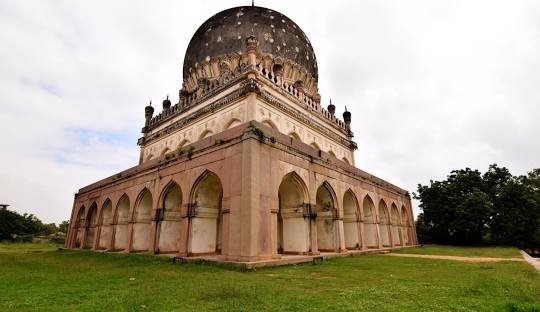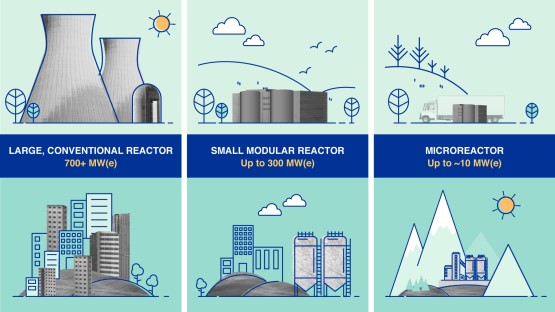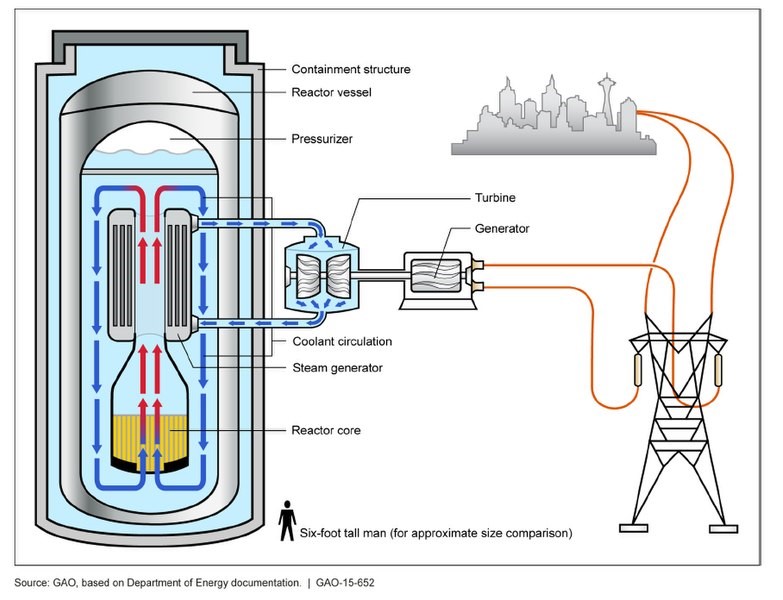After a decade-long restoration effort by the Telangana government and Aga Khan Trust for Culture the Qutb Shahi Heritage Park was opened to the public recently.

Qutb Shahi Dynasty (1518-1687)
Reference
The Indian Express | The restoration of Qutb Shahi tombs
At the Global Conference on Digital Public Infrastructure and Emerging Technologies, the RBI Governor announced that the central bank is set to launch the Unified Lending Interface (ULI) across India soon.
|
Quick facts |
|
References
In the Budget 2024-25, ‘Bharat Small Reactors’ (BSR) has been emphasized to achieve clean energy and energy security.


References
Tanager-1 satellite launched recently aboard a SpaceX Falcon 9 rocket from Vandenberg Space Force Base in California.
|
Methane |
|
References
Recently, a team of Indian students built a lunar rover for a competition in NASA.
The Artemis mission aims to send the first woman and person of color to the Moon’s South Pole, develop a sustained human presence on the Moon, and use in-situ resources to reduce dependency on Earth.
References